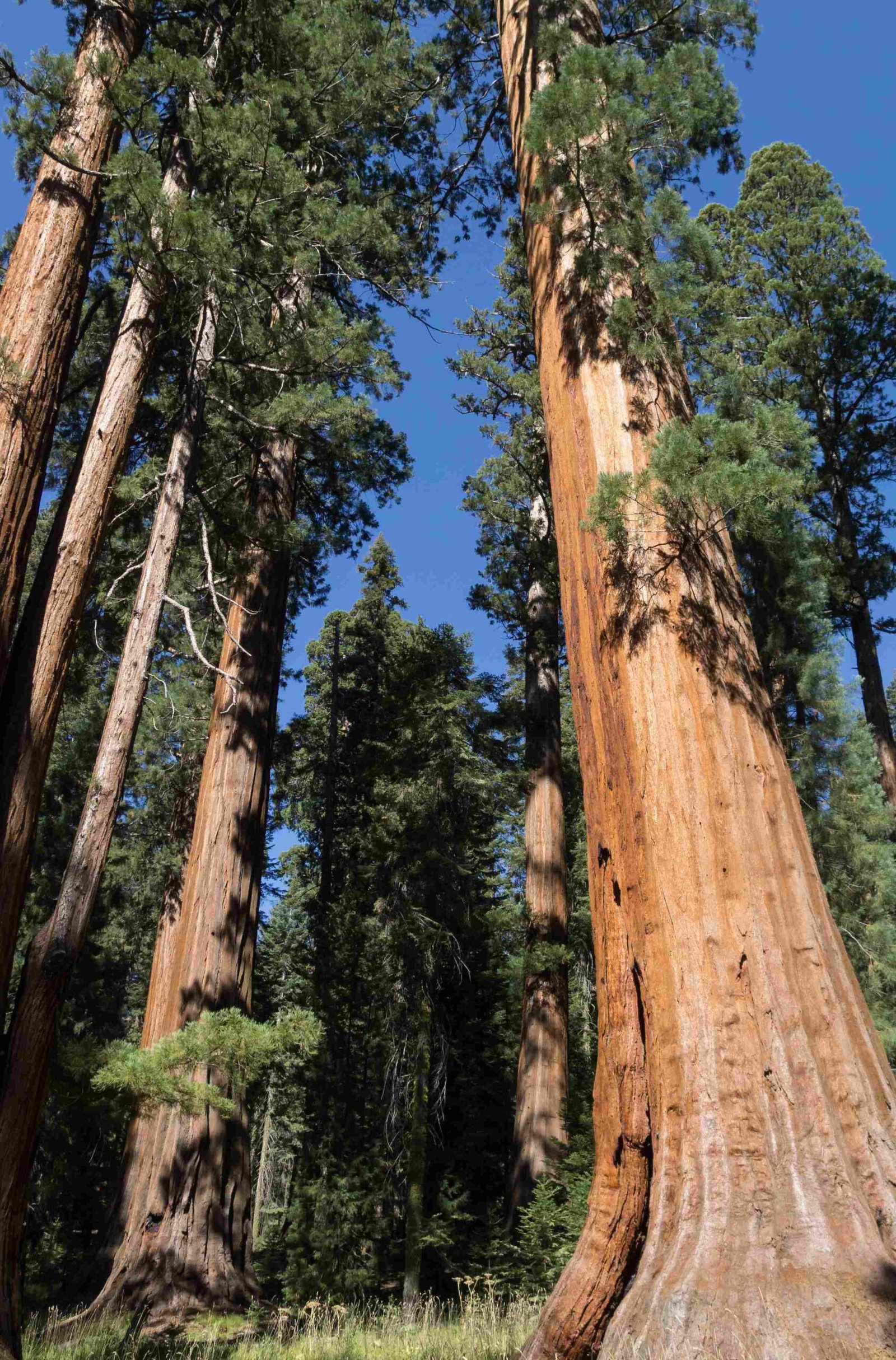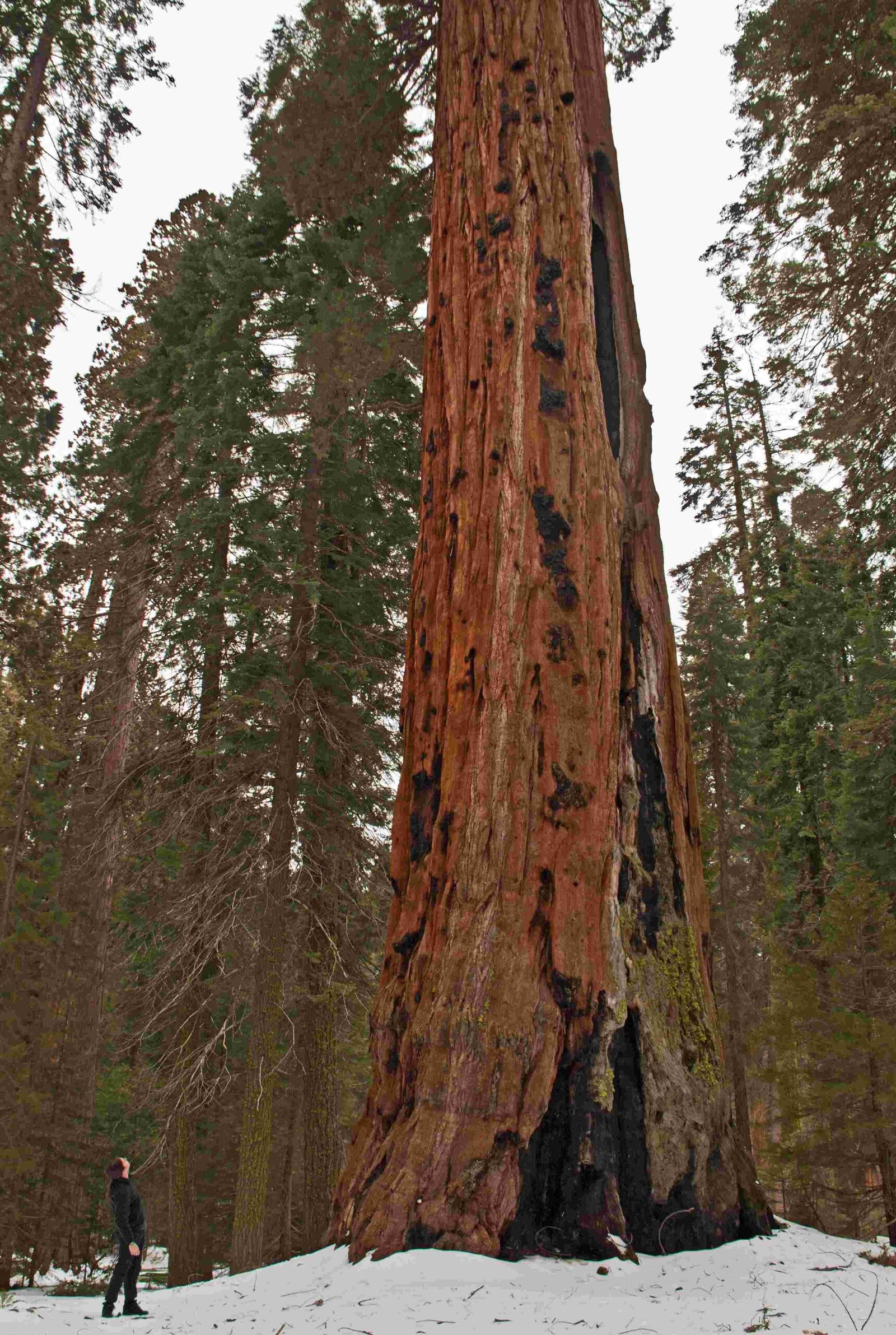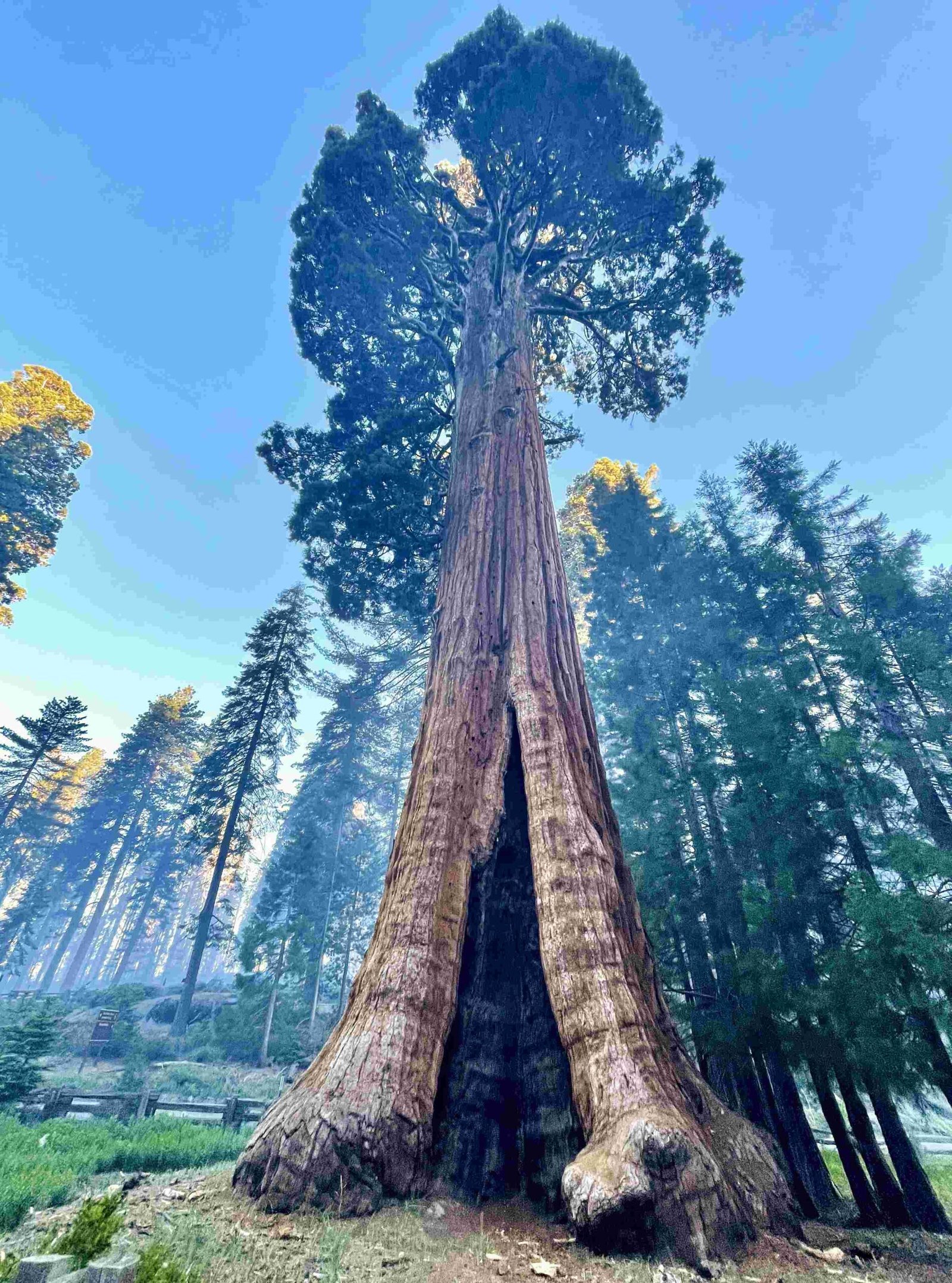Hurricane Hilary’s impact on Sequoia National Park was significant, causing heavy downpours, gusty winds, and flooding. The storm affected high country areas, making rivers impassable and disrupting travel plans for hikers. While main roads remained accessible, the park faced challenges in managing visitor safety and infrastructure integrity. This article explores the effects of Hurricane Hilary on Sequoia National Park and the park’s response to this extreme weather event.
What Was the Extent of Storm Damage in Sequoia National Park?

Hurricane Hilary brought severe conditions to Sequoia National Park, resulting in various forms of damage:
- Heavy downpours led to flooding and mudslides
- Gusty winds potentially caused tree damage
- Rivers in the high country became high and impassable
- Roads were impacted, though main arteries remained open
While specific details about tree damage are not available, the storm’s intensity suggests that some trees may have been affected. The park’s infrastructure, including visitor centers, did not report serious damage. However, the storm’s impact was felt most acutely in the high country areas.
How Much Rainfall Did Sequoia National Park Receive?

Precise rainfall measurements for Sequoia National Park during Hurricane Hilary are not available. However, the effects of the rainfall were evident:
- Heavy downpours were reported throughout the park
- Rivers swelled to dangerous levels, particularly in high country areas
- Flooding occurred in various parts of the park
The lack of specific measurements doesn’t diminish the storm’s impact. The rainfall was significant enough to cause substantial disruptions to park operations and visitor activities.
What Evacuation Protocols Were Implemented?
The park’s response to Hurricane Hilary included measures to ensure visitor safety:
- Visitors in high country areas may have had to shelter in place
- Park rangers were actively managing the situation
- Main roads remained open, allowing for potential evacuations if needed
While detailed evacuation protocols are not specified, the park’s actions suggest a focus on keeping visitors safe and managing the storm’s impact as it unfolded.
How Did Hurricane Hilary Affect Park Operations?
The storm’s impact on park operations was multifaceted:
Accessibility
- Main roads to key attractions like Giant Forest and General Sherman Tree remained open
- High country areas faced access issues due to swollen rivers
Visitor Services
- Potential delays for hikers in high country areas
- Possible shelter-in-place situations for some visitors
Infrastructure
- No reports of serious damage to major facilities
- Some roads affected, though main arteries remained clear
Park Management
- Rangers were actively involved in managing the situation
- Focus on ensuring visitor safety and minimizing storm impact
What Were the Long-Term Effects on Sequoia National Park?
The long-term effects of Hurricane Hilary on Sequoia National Park are not fully detailed, but several aspects can be considered:
-
Ecological Impact: The storm may have affected the park’s ecosystem, potentially altering habitats or causing changes in local flora and fauna.
-
Trail and Road Maintenance: Damage to trails and roads likely required repair and maintenance efforts in the aftermath of the storm.
-
Visitor Experience: The storm’s impact may have led to changes in visitor access or park policies to better prepare for future extreme weather events.
-
Research Opportunities: The storm’s effects could provide valuable data for researchers studying climate change impacts on national parks.
-
Park Resilience: The response to Hurricane Hilary may inform future disaster preparedness strategies for Sequoia National Park and other national parks.
How Can Visitors Prepare for Future Weather Events in Sequoia National Park?
To better prepare for potential weather events like Hurricane Hilary, visitors to Sequoia National Park should:
- Check weather forecasts and park alerts before and during their visit
- Be prepared for sudden changes in weather conditions
- Carry emergency supplies, including extra food, water, and warm clothing
- Follow all park ranger instructions and safety guidelines
- Have flexible travel plans that can be adjusted if necessary
- Familiarize themselves with park evacuation routes and procedures
- Consider purchasing travel insurance for trip cancellations or interruptions
What Lessons Were Learned from Hurricane Hilary’s Impact on Sequoia National Park?
The experience with Hurricane Hilary likely provided valuable insights for park management:
- Improved Weather Monitoring: Enhanced systems for tracking and predicting severe weather events.
- Communication Strategies: Refined methods for informing visitors about potential dangers and park closures.
- Infrastructure Resilience: Identification of areas needing reinforcement to withstand future storms.
- Emergency Response: Refined protocols for managing visitor safety during extreme weather events.
- Ecosystem Management: Better understanding of how severe storms affect the park’s unique ecosystem.
How Does Sequoia National Park Compare to Other Parks Affected by Hurricane Hilary?
While Sequoia National Park faced significant challenges from Hurricane Hilary, other parks in the region were also affected:
| National Park | Major Impacts | Recovery Status |
|---|---|---|
| Sequoia | Flooded rivers, road impacts | Main roads reopened quickly |
| Death Valley | Record rainfall, flooding | Extended closure for repairs |
| Joshua Tree | Flash floods, road damage | Partial reopening after assessment |
Sequoia National Park seemed to fare better in terms of infrastructure damage and recovery time compared to parks like Death Valley, which experienced more severe and lasting impacts.
What Measures Has Sequoia National Park Taken to Prepare for Future Storms?
In the wake of Hurricane Hilary, Sequoia National Park may have implemented several measures to enhance preparedness:
- Updating emergency response plans
- Improving drainage systems in flood-prone areas
- Enhancing communication systems for visitor alerts
- Conducting regular staff training for extreme weather scenarios
- Collaborating with climate scientists to better predict future weather patterns
These proactive steps aim to minimize the impact of future storms and ensure the safety of both visitors and the park’s natural resources.
Hurricane Hilary’s impact on Sequoia National Park serves as a reminder of the vulnerability of our natural spaces to extreme weather events. While the park faced significant challenges, its resilience and the swift action of park staff helped mitigate potential damage. As climate change continues to influence weather patterns, the lessons learned from this event will be crucial in protecting and preserving Sequoia National Park for future generations.
References:
1. ABC30 – Tropical Storm Hilary: Tracking damage after downpour in Tulare …
2. National Park Service – Hurricane Hilary in Death Valley National Park
3. National Park Service – Death Valley National Park Remains Closed due to Damage from …

